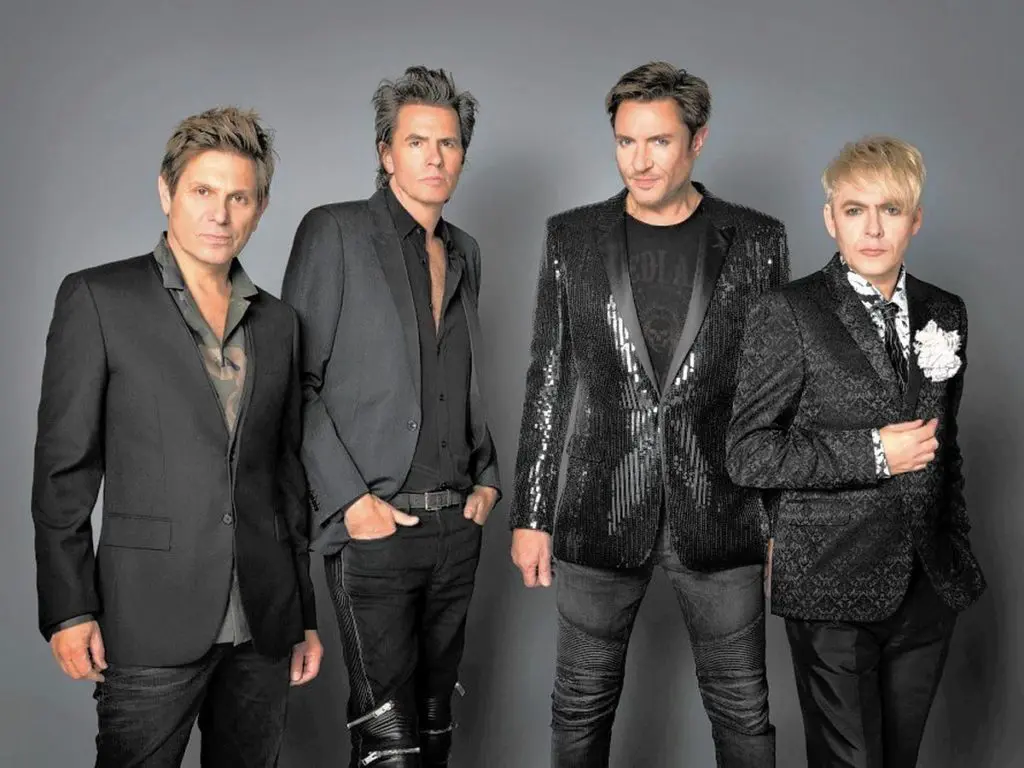Buddy Holly is the most amazing rock and roll legend of the 1950s. Holly was unique, his legendary status and his impact on popular music become more unusual when one considers the fact that popularity was achieved in just 18 months.
Holly's influence was as impressive as that of Elvis Presley or Chuck Berry.
The childhood of the artist Buddy Holly
Charles Hardin "Buddy" Holly was born September 7, 1936 in Lubbock, Texas. He was the youngest of four children.
A naturally talented musician, by the age of 15 he was already a master at guitar, banjo and mandolin, and also played duets with his childhood friend Bob Montgomery. With him, Holly wrote his first songs.
Buddy & Bob Band
By the mid-50s, Buddy & Bob, as they called themselves, were playing Western and bop. This genre was invented by the guys personally. In particular, Holly listened to a lot of blues and R&B and found them quite compatible with country music.
In 1955, the band, which had already worked with a bassist, recruited drummer Jerry Ellison to join the band.
Montgomery always leaned towards the traditional country sound, so he soon left the band, but the guys continued to write music together.
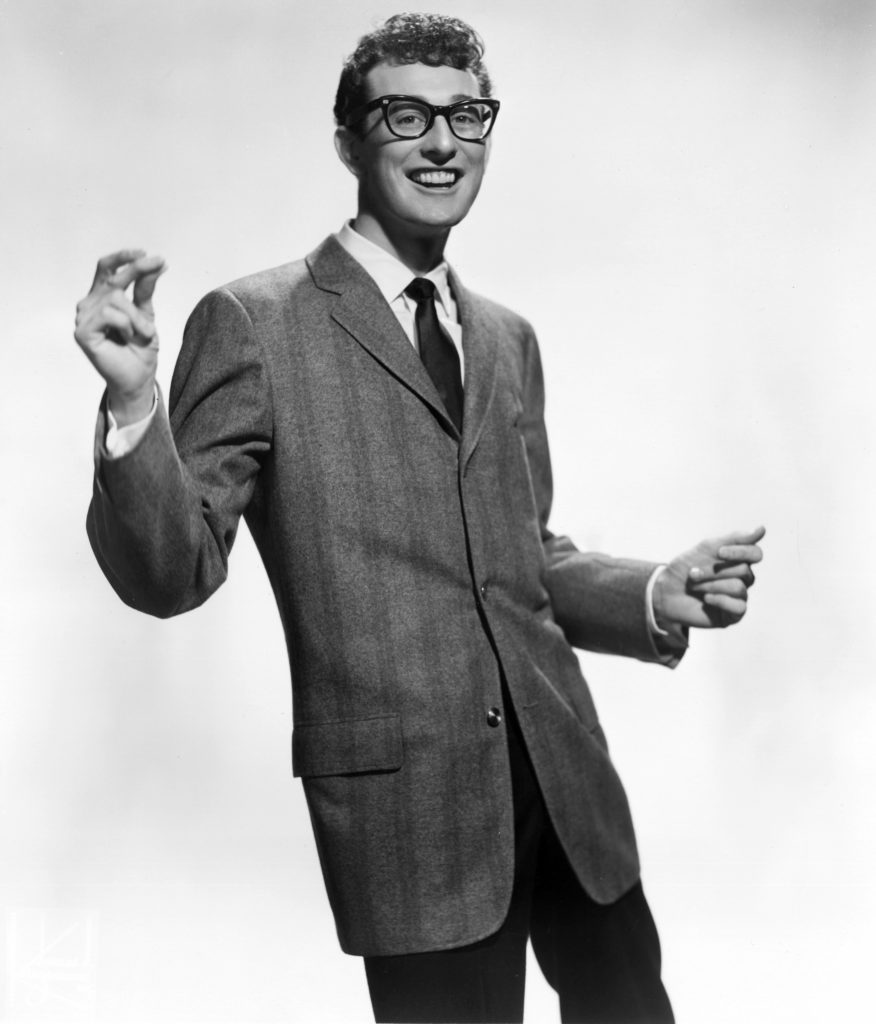
Holly continued to persevere in writing music with a rock and roll sound. He collaborated with local musicians such as Sonny Curtis and Don Hess. With them, Holly made his first recording at Decca Records in January 1956.
However, the result did not live up to expectations. The songs were either not complex enough or boring. Nevertheless, several songs became hits in the future, although at that time they were not very popular. We are talking about songs such as Midnight Shift and Rock Around with Ollie Vee.
That'll Be the Day
In the spring of 1956, Holly and his company began working at the Norman Petty studio. There the band recorded That'll Be the Day. The work was given to Bob Thiele, an executive at Coral Records, who liked it. Ironically, Coral was a subsidiary of Decca where Holly had previously recorded songs.
Bob saw the record as a potential hit, but before releasing it, there were some major hurdles to overcome due to the company's underfunding.
However, That'll Be the Day was released in May 1957 on the Brunswick label. Soon Petty became the band's manager and producer. The song hit number 1 on the national charts last summer.
Buddy Holly Innovations
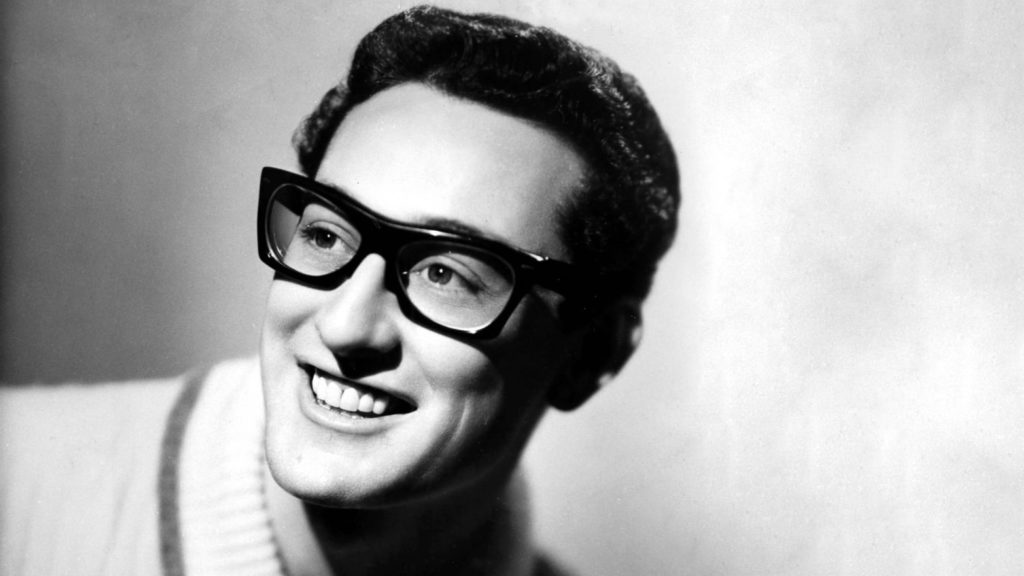
In 1957-1958. songwriting was not considered a skill necessary for a career in rock and roll. The songwriters specialized in the publishing side of the issue, not interfering with the recording and performance process.
Buddy Holly & The Crickets made a big difference when they wrote and performed Oh, Boy and Peggy Sue, which reached the top ten in the country.
Holly and company also violated the record industry's established record release policy. Previously, it was profitable for companies to invite musicians to their studio and offer their producers, graphics, etc.
If the musician was extremely successful (a la Sinatra or Elvis Presley), then he received a "blank" check in the studio, that is, he did not pay for the services provided. Any union rules were settled.
Buddy Holly & The Crickets got off to a slow start experimenting with sound. And most importantly, not a single union told them when to start and stop recording. Moreover, their recordings were successful and not like the music that was popular before.
The results especially influenced the history of rock music. The band developed a sound that launched a new wave of rock and roll. Holly and his band weren't afraid to experiment even on their singles, which is why Peggy Sue used guitar techniques on the song that were usually reserved for recordings rather than live playing.
What is the secret to Buddy Holly's success?
The Buddy Holly & The Crickets were very popular in America, but were even more popular in England. Their influence seriously competed with Elvis Presley and in some ways even surpassed him.
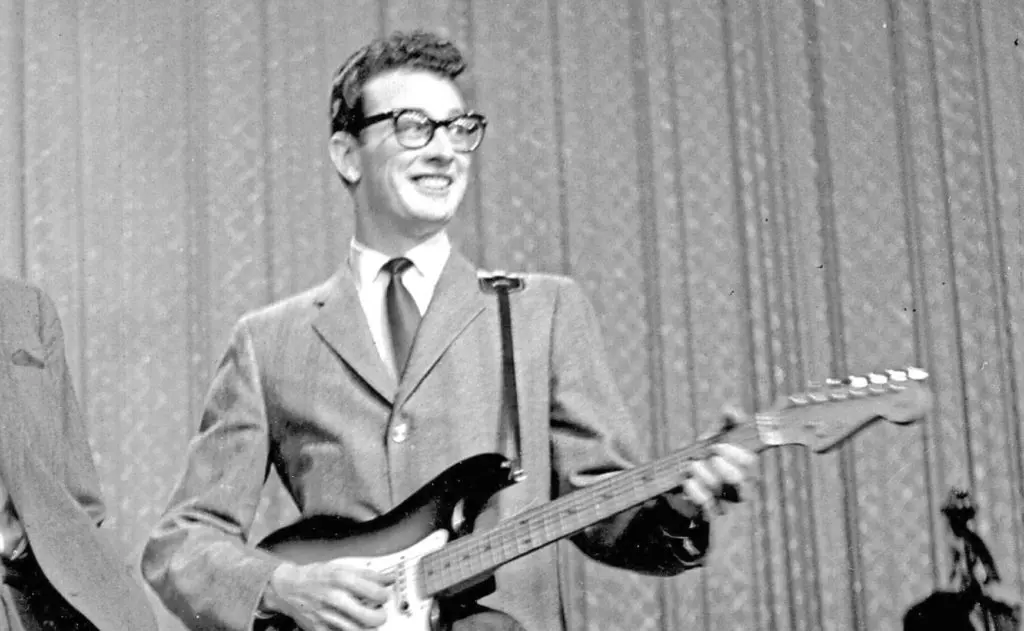
This was partly due to the fact that they were touring England - they spent a month there in 1958 playing a series of shows. Even the famous Elvis didn't do that.
But success was also tied to their sound and Holly's stage persona. The heavy use of rhythm guitar was combined with the sound of skiffle music, blues, folk, country and jazz.
Besides, Badi Holly didn't look like your average rock 'n' roll star, tall, thin, and wearing oversized glasses. He was more like a simple guy who could sing and play the guitar. It was the fact that he didn't look like anyone else that contributed to his popularity.
Moving Buddy Holly to New York
The Buddy Holly & The Crickets soon became a trio after Sullivan left in late 1957. Holly also developed interests that were somewhat different from those of Allison and Mauldin.
Obviously, none of them thought of leaving their native Texas, and they continued to build their lives there. Holly, at the same time, increasingly wanted to go to New York, not only for work, but also for life.
His romance and marriage to Maria Elena Santiago only confirmed the decision to move to New York.
By this time, Holly's music had developed to the point where he hired session musicians to perform the songs.
Singles like Heartbeat didn't sell as well as previous releases. Perhaps the artist has gone further in technical terms, which most of the audience was not ready to accept.
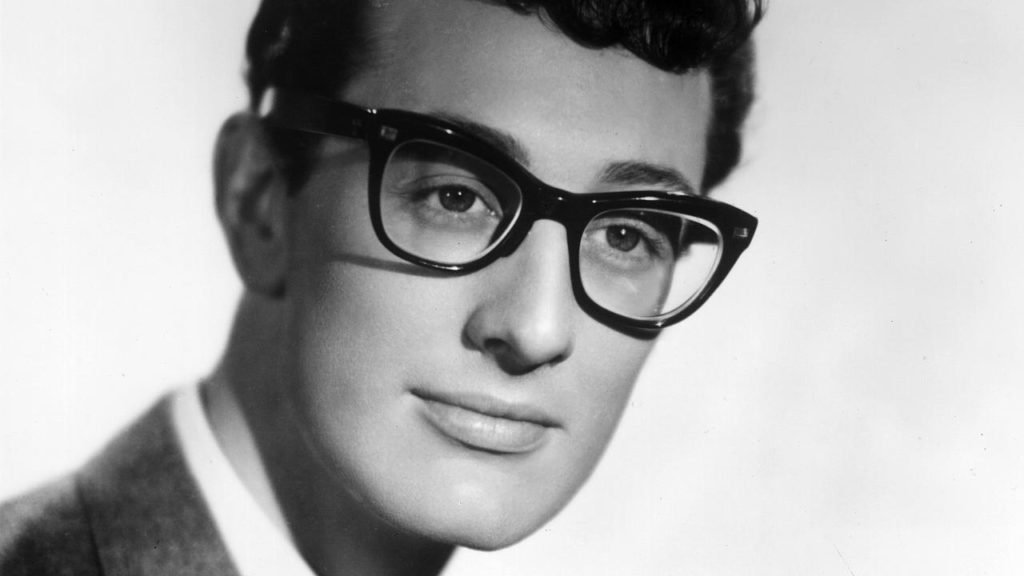
tragic accident
Holly's split with the band allowed him to record some of his ideas, but also robbed him of funds.
In the course of the breakup, it became clear to Holly and everyone else that Petty had manipulated the amounts of earnings and probably hid a huge part of the group's income in his pocket.
When Holly's wife was expecting a baby, and not a dollar came from Petty, Buddy decided to make a quick buck. He took part in the big Winter Dance Party tour in the Midwest.
It was on this tour that Holly, Ritchie Valens, and J. Richardson died in a plane crash on February 3, 1959.
The crash was considered tragic, but not very important news at the time. Most male-run news organizations didn't take rock 'n' roll seriously.
However, the cute image of Buddy Holly and his recent marriage gave the story more spice. It turned out that he was respected more than many other musicians of that time.
For teenagers of the era, it was the first big tragedy of its kind. No white rock 'n' roll player has ever died so young. Radio stations also only kept talking about what had happened.
For a significant number of people involved in rock and roll, this was a shock.
The suddenness and random nature of this event, combined with Holly and Valens' ages (22 and 17 respectively), made it even sadder.
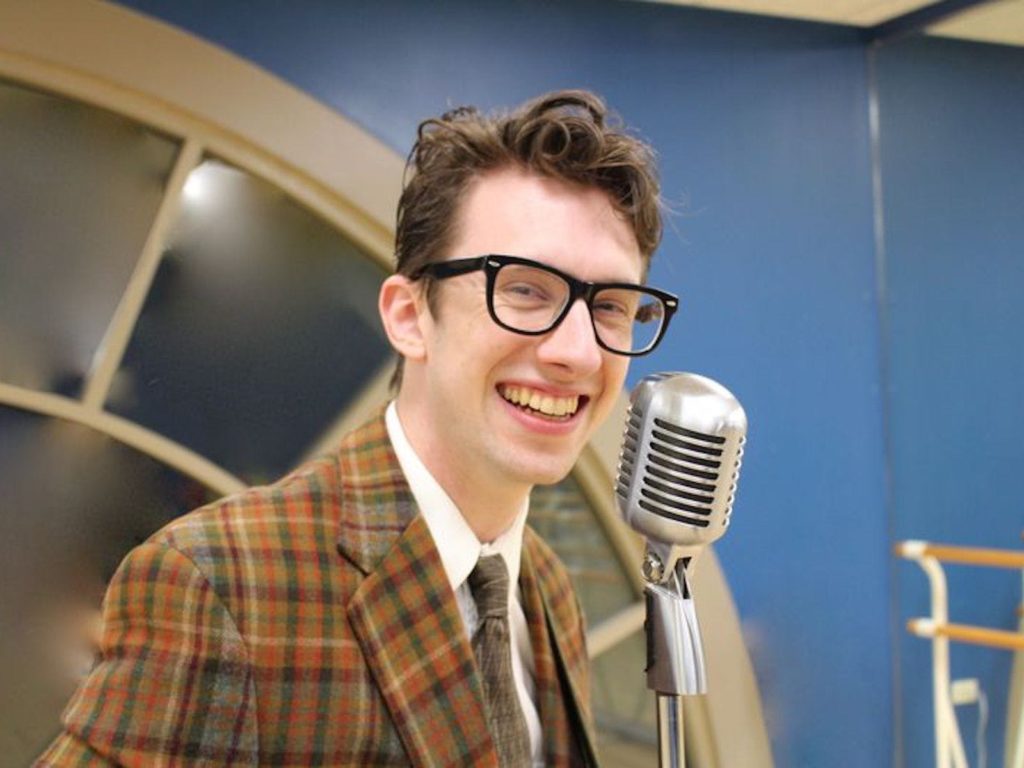
The memory of the famous musician
Buddy Holly's music has never disappeared from radio rotations, and even more so from the playlists of diehard fans.
In 1979, Holly became the first rock and roll star to receive the honor of receiving a box set of all of his records.
The work was released under the title The Complete Buddy Holly. The set was originally released in England and Germany, and later it appeared in America.
In the early 1980s, underground sellers of Holly's work appeared, including those who offered to buy several songs from the 1958 British tour.
Later, thanks to producer Steve Hoffman, who provided some of the musician's recordings, For the First Time Anywhere (1983) was released by MCA Records. It was a selection of Buddy Holly's raw early masterpieces.
In 1986, the BBC aired the documentary The Real Buddy Holly Story.
Holly continued to have a pop culture presence well into the 1990s. In particular, his name was mentioned in the song Buddy Holly (a hit in 1994 by the alternative rock band Weezer). The song became one of the hits of its era, playing regularly on all radio stations for quite some time, helping to keep Holly's name alive.
Holly was also used in the 1994 Quentin Tarantino film Pulp Fiction, in which Steve Buscemi played a waiter imitating Holly.
Holly was honored with two tribute albums in 2011: Listen to Me: Buddy Holly by Verve Forecast, which featured Stevie Nicks, Brian Wilson and Ringo Starr, and Fantasy/Concord's Rave On Buddy Holly, which featured tracks by Paul McCartney, Patti Smith , The Black Keys.
Universal released the album True Love Ways, where Holly's original recordings were overdubbed with tunes from the Royal Philharmonic Orchestra during Christmas 2018.


